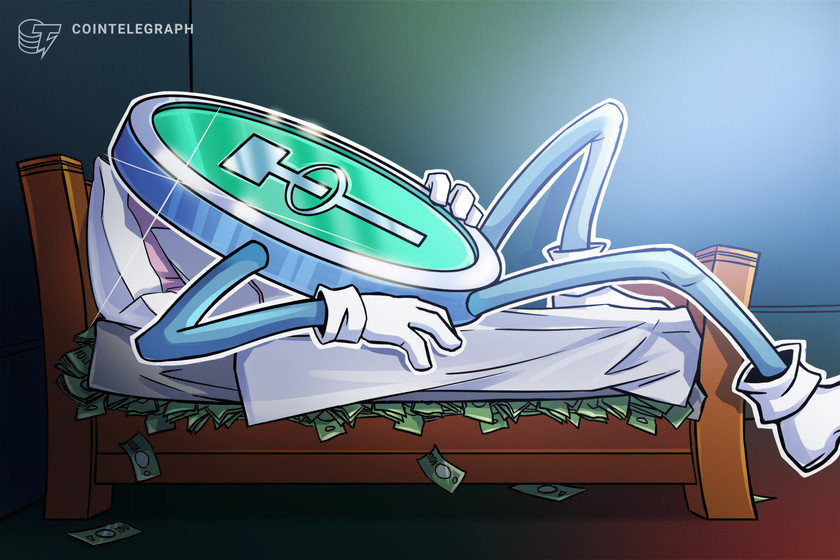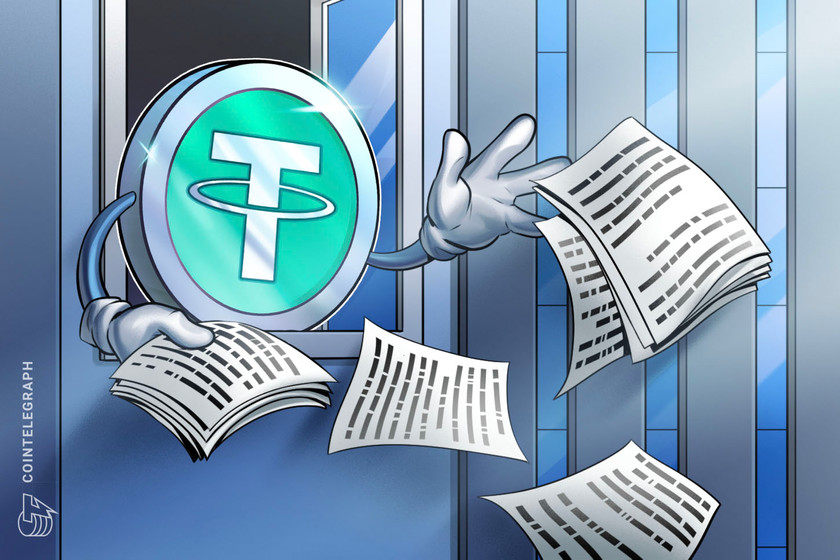Bitcoin price hit 2023 high, so why are retail traders waiting on the sidelines?


Bitcoin price keeps going up, but retail traders are not piling in yet. Cointelegraph explores why.
The total market capitalization of the cryptocurrency market surged past $1.55 trillion on Dec. 5, driven by remarkable weekly gains of 14.5% for Bitcoin (BTC) and 11% for Ether (ETH). Notably, this milestone, marking the highest level in 19 months, propelled Bitcoin to become the world’s ninth-largest tradable asset, surpassing Meta’s $814 billion capitalization.
Despite the recent bullish momentum, analysts have observed that retail demand remains relatively stagnant. Some attribute this to the ripple effects of an inflationary environment and decreased interest in credit, given that interest rates continue to hover above 5.25%. While analyst Rajat Soni’s post may have dramatized the situation, the underlying, in essence, holds true.
Numerous United States economic indicators have surged to record highs, including wages, salaries and household net worth. However, analyst Ed Yardeni suggested that the “Santa Claus rally” might have already occurred earlier this year, with the S&P 500 gaining 8.9% in November.


























